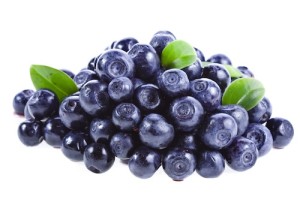China: Strong blueberry output, rising competition
China’s domestic blueberry production has ballooned in recent years. History of the industry goes back to 1983, with large scale production taking off since 2000. A recent prominent company merger between Golden Wing Mau and Joyvio has underlined the popularity of the fruit: Joyvio is one of China’s largest blueberry producers and owns farms in Chile. Combined annual sales are estimated to reach 780 million USD.
The first blueberry seeds were imported into China in 1983 coming from the US. Commercial blueberry cultivation took off in China in 2000. Between 2001 and 2007, the industry started to receive support from local governments and university research centres that launched large schale production bases. As a result, blueberry acreage increased from 24 hectares to 1,414 hectares, reaching an estimated production of 390 tons. Between 2008 and 2015, domestic production covered 31,200 hectares and total production is estimated at 43,250 tons.
Cultivation mainly takes places in Shandong province, Guizhou and Liaoning. Shandong is with 6,000 hectares and 15,000 tons annual production the largest in terms of output. Recently, production in Yunnan and Sichuan province has taken off. Investments in solar greenhouses make cultivation during winter months possible. The greenhouse harvest period continues from the end of March until the middle of May. Open ground harvesting is done between June and August.
Competition and import
Competition has increased. Next to Joyvio, companies like Jiangsu, Qingdao Blue Rose Fruit, Bai Rui Guizhou Agricultural Development and Noble Dalian Modern Agricultural Science and Technology have recently all launched own, officially registered, blueberry varieties and brands. Currently, there are over a hundred brands in China, including local ones such as ‘Dandong blueberries”.
Prices have taken a hit in recent years. Compared to 2011, blueberry prices have come down in the 2014-15 season by more than 50%, with a 30% decrease after July this year. There is a separate market for premium products: 10% of the fruit is sold at prices 30-50% higher than the other 90%.
Import of blueberries is increasing. From the start of 2012, Chile launched its blueberry export to China. From 2011-2012 200 tons reached China. This shot up to 4,000 tons for the 2014-2015 season. In 2015 Canada received permission to enter the Chinese market. Canada can supply the market from late September until October, which conveniently fills a gap in local production.
Photo: Shutterstock
01/14/2016
Source: Fresh Plaza




